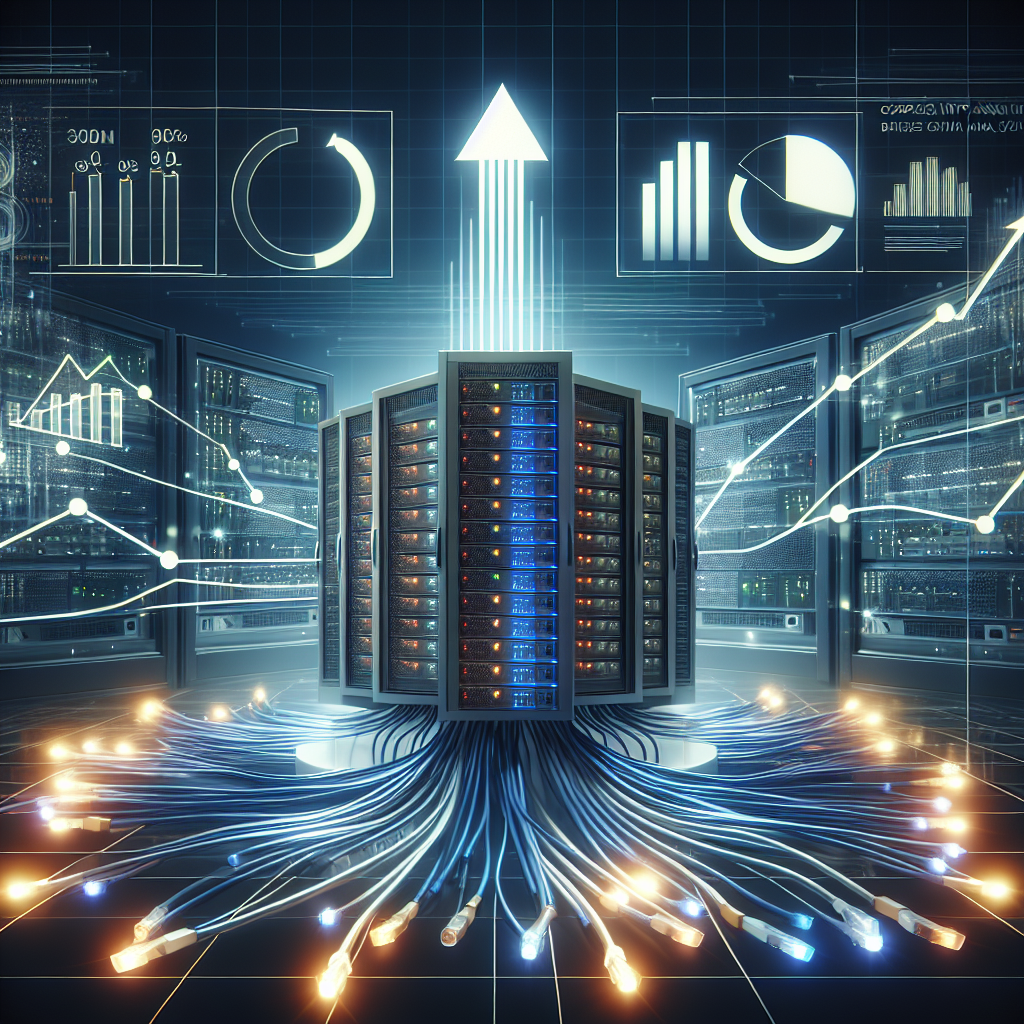Your cart is currently empty!
Key Considerations for Data Center Capacity Planning in a Growing Business

Data centers are the backbone of any modern business, serving as the hub for storing, processing, and managing vast amounts of data. As a business grows, so does the demand for data center capacity, making it crucial for organizations to have a solid capacity planning strategy in place. Here are key considerations for data center capacity planning in a growing business:
1. Anticipate Future Growth: One of the most important aspects of data center capacity planning is to anticipate future growth. This involves understanding the current and projected data storage and processing needs of the business, as well as considering factors such as new applications, technologies, and business expansion plans. By accurately predicting future growth, businesses can ensure that their data center infrastructure can scale to meet increasing demands.
2. Evaluate Current Infrastructure: Before planning for future capacity needs, it’s essential to assess the current state of the data center infrastructure. This includes evaluating the capacity of existing servers, storage systems, networking equipment, and cooling systems. Understanding the limitations and capabilities of the current infrastructure will help in identifying areas that need to be upgraded or optimized to support future growth.
3. Consider Virtualization and Cloud Options: Virtualization and cloud technologies can play a significant role in data center capacity planning for growing businesses. By leveraging virtualization, businesses can consolidate servers and optimize resource utilization, thereby maximizing the capacity of existing infrastructure. Cloud services also offer scalability and flexibility, allowing businesses to easily expand their data center capacity as needed without significant upfront investments.
4. Plan for Redundancy and Resilience: Data center capacity planning should also take into account redundancy and resilience to ensure business continuity and data availability. Redundant power supplies, cooling systems, and network connections are essential to prevent downtime and minimize the risk of data loss. Implementing a robust disaster recovery plan and backup strategy is also crucial to protect critical data in the event of a hardware failure or natural disaster.
5. Consider Energy Efficiency: As data centers consume a significant amount of energy, businesses should also consider energy efficiency in their capacity planning efforts. Implementing energy-efficient technologies such as server virtualization, high-efficiency cooling systems, and energy management software can help reduce operating costs and minimize the environmental impact of the data center.
In conclusion, data center capacity planning is a critical process for growing businesses to ensure that their infrastructure can support the increasing demands of data storage and processing. By anticipating future growth, evaluating current infrastructure, leveraging virtualization and cloud technologies, planning for redundancy and resilience, and considering energy efficiency, businesses can effectively scale their data center capacity to meet the needs of a growing business.

Leave a Reply